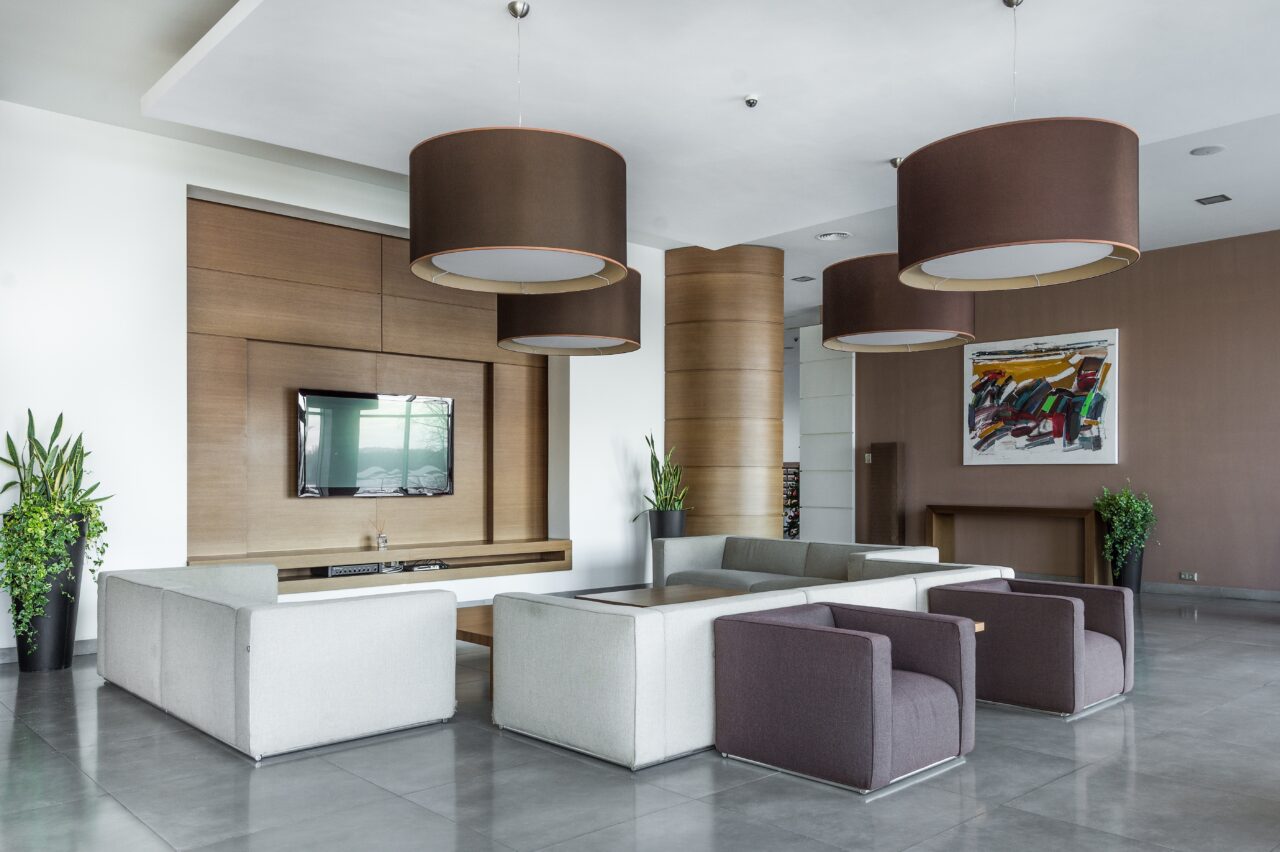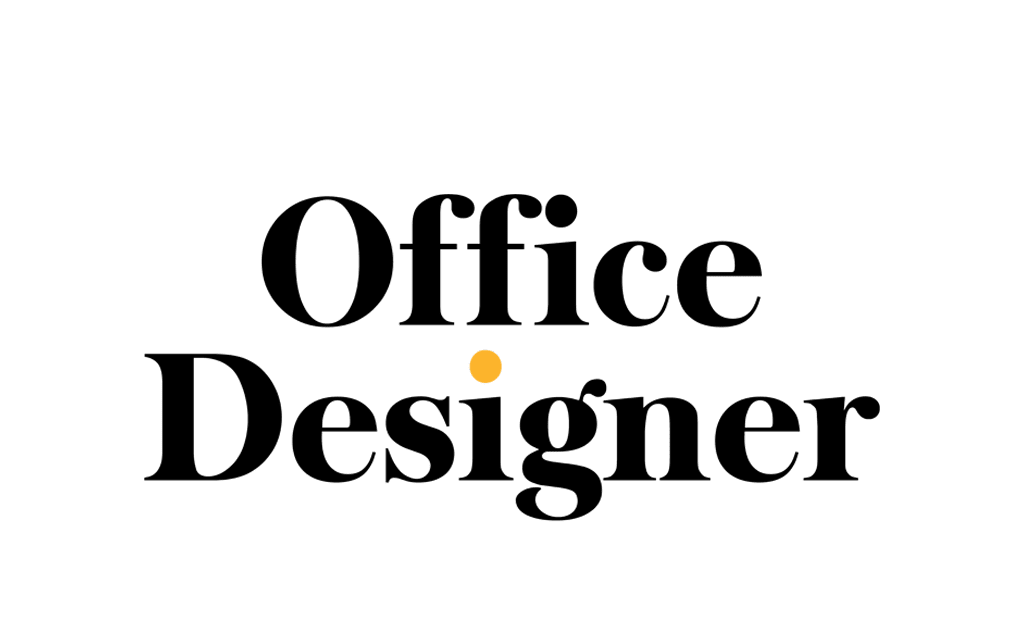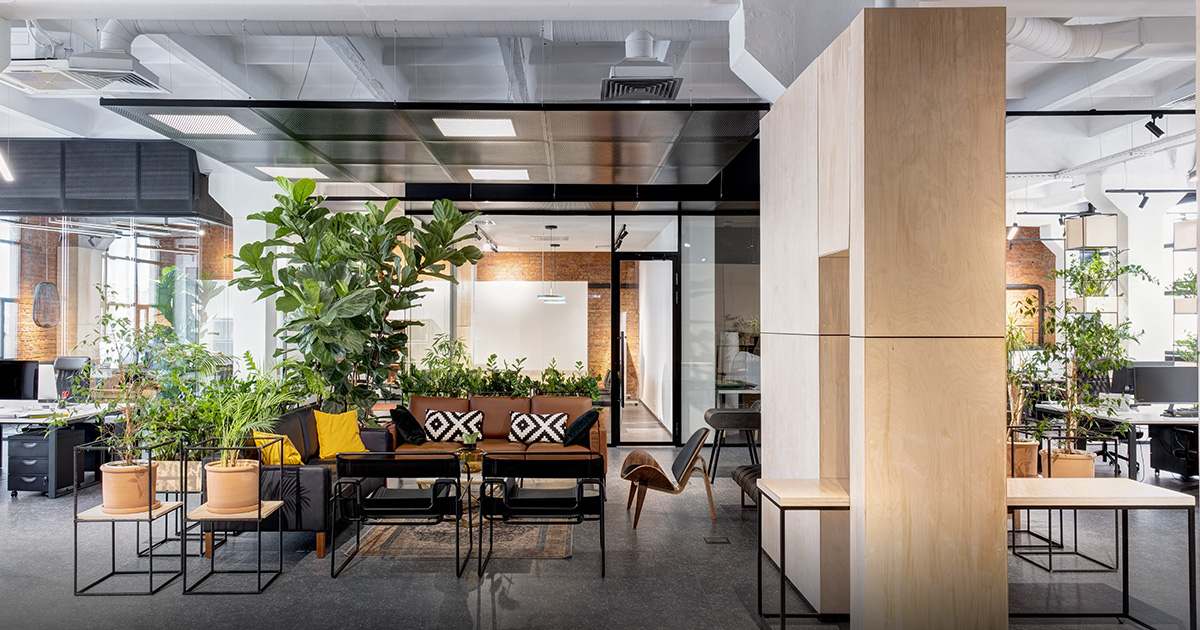Designing for diversity and inclusion has transcended mere trend status to become a foundational principle in office design. As companies strive to foster inclusive environments that respect and celebrate the differences among their employees, interior designers are increasingly tasked with creating spaces that are welcoming and accessible to everyone. This article explores the significance of diversity and inclusion in office design and offers practical advice for creating a workspace that embodies these values.
Understanding Diversity and Inclusion in the Office
Diversity and inclusion in the workplace mean recognising and valuing the differences among employees, including race, gender, age, sexuality, disability, and cultural background. An inclusive office design acknowledges these differences and ensures that all employees feel valued and supported.
The Role of Office Design in Promoting Inclusion

The physical workspace plays a crucial role in promoting a sense of belonging and inclusivity. Design elements such as layout, furniture, and amenities can significantly impact how employees interact with the space and with each other. By thoughtful design, companies can create environments that not only cater to the diverse needs of their workforce but also foster collaboration, creativity, and well-being.
Key Strategies for Inclusive Office Design
Creating an inclusive office goes beyond aesthetic appeal; it requires a deep understanding of the diverse needs of the people who use the space. Here are several strategies to consider:
1. Flexible Workspaces

Inclusive design starts with flexibility. Offer a variety of workspaces, including adjustable desks, quiet zones, collaboration areas, and private spaces. This approach allows employees to choose the environment that best suits their working style and needs.
2. Accessibility
Ensure that your office is accessible to everyone, including people with disabilities. This means providing wheelchair-accessible entrances, restrooms, and pathways, as well as considering the needs of those with visual or auditory impairments. Simple measures, like clear signage and adjustable lighting, can make a big difference.
3. Neutral and Inclusive Decor
Decor plays a significant role in creating an inclusive atmosphere. Opt for neutral and diverse decor that reflects a variety of cultures and perspectives. Artwork, photographs, and decorative elements should celebrate diversity and avoid reinforcing stereotypes.
4. Gender-Neutral Facilities
Incorporate gender-neutral restrooms and changing facilities to accommodate all employees and visitors, regardless of their gender identity. This not only promotes inclusivity but also respects privacy and comfort.
5. Culturally Considerate Spaces
Create spaces that consider the cultural needs of employees. For example, quiet rooms can be used for prayer or meditation by employees of various faiths. Similarly, a dedicated lactation room for new mothers can provide privacy and support.
The Benefits of an Inclusive Office Design
Designing for diversity and inclusion brings numerous benefits to the workplace, including:
- Enhanced Employee Well-being: Employees who feel accepted and valued are more likely to be engaged, productive, and happy at work.
- Attracting and Retaining Talent: A workplace that prioritises inclusivity is more appealing to a diverse talent pool.
- Fostering Creativity and Innovation: Diverse perspectives lead to more creative solutions and ideas, driving innovation and growth.
Conclusion
Designing for diversity and inclusion is not just a moral imperative but a strategic advantage. By creating spaces that acknowledge and celebrate the differences among us, companies can foster a more cohesive, creative, and productive workforce. As office designers, it’s our responsibility to lead the charge in this important aspect of workplace evolution, ensuring that every design choice we make contributes to a more inclusive world.
Remember, an inclusive office design is an ongoing journey, not a destination. It requires continuous reflection, learning, and adaptation to meet the evolving needs of the workforce. By committing to this path, companies can build not just a better workplace but a better society.


